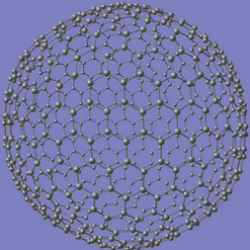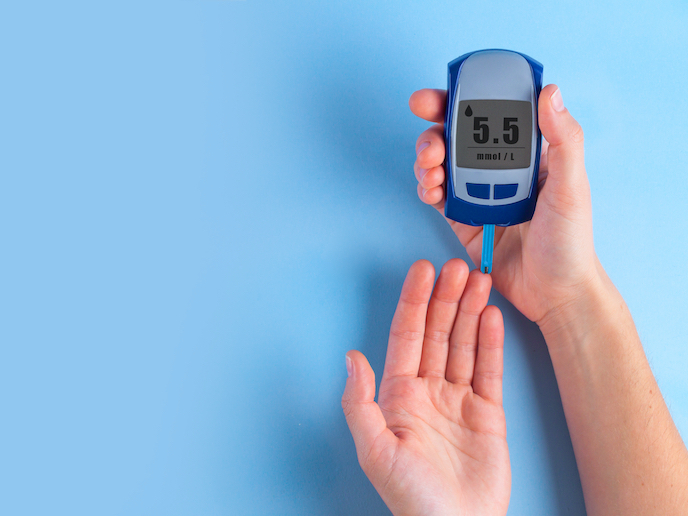Nanoparticle toxicity predicted by computers
Nanotechnology is one of the fastest-growing technologies in the world. By manipulating materials at the atomic level, nanotechnologists can create foods, textiles, surface coatings, electronics and many other materials with unique properties. Not much is known, however, about the impact nanoparticles have on human health and the environment. The EU-funded MOD-ENP-TOX (Modeling assays platform "MAP" for hazard ranking of engineered nanoparticles (ENPs)) initiative created a computer program that predicts the toxicity or hazard level of metal-based nanoparticles (MeNPs). These ENPs, in which NPs are made from silicon, titanium, silver, zinc and their oxides, are among the most widely used in the industry. MOD-ENP-TOX first constructed a database with published experimental data on well-characterised silica and zinc oxide ENPs. By studying their interaction with biological systems, researchers classified the ENPs' potential toxicity based on their structural, physical and chemical properties. After developing algorithms that identified MeNPs with similar toxicity patterns, they then created computational tools to model the toxicity of a broad range of MeNPs. Researchers also developed models to predict which cellular processes toxic MeNPs affected. These included their effects on mitochondria and their potential to damage DNA or otherwise interfere with genetic processes. Using the mitochondria model, researchers tested their toxicity prediction tools against verified experimental data. They then developed their models further to predict the effect that different size MeNPs have on cellular processes over time. This development will allow researchers to estimate when and where MeNPs accumulate in target tissues. By both speeding up and simplifying ENP risk prediction, MOD-ENP-TOX's modelling tools are an important step towards designing a new generation of safe nanomaterials. Although a subset of MeNPs was used to develop the models, they can easily be adapted to other ENPs. Importantly, predicting toxicological effects based on nanomaterial structure will lessen reliance on animal testing.
Keywords
Nanoparticle toxicity, nanomaterials, MOD-ENP-TOX, engineered nanoparticles, cellular processes







